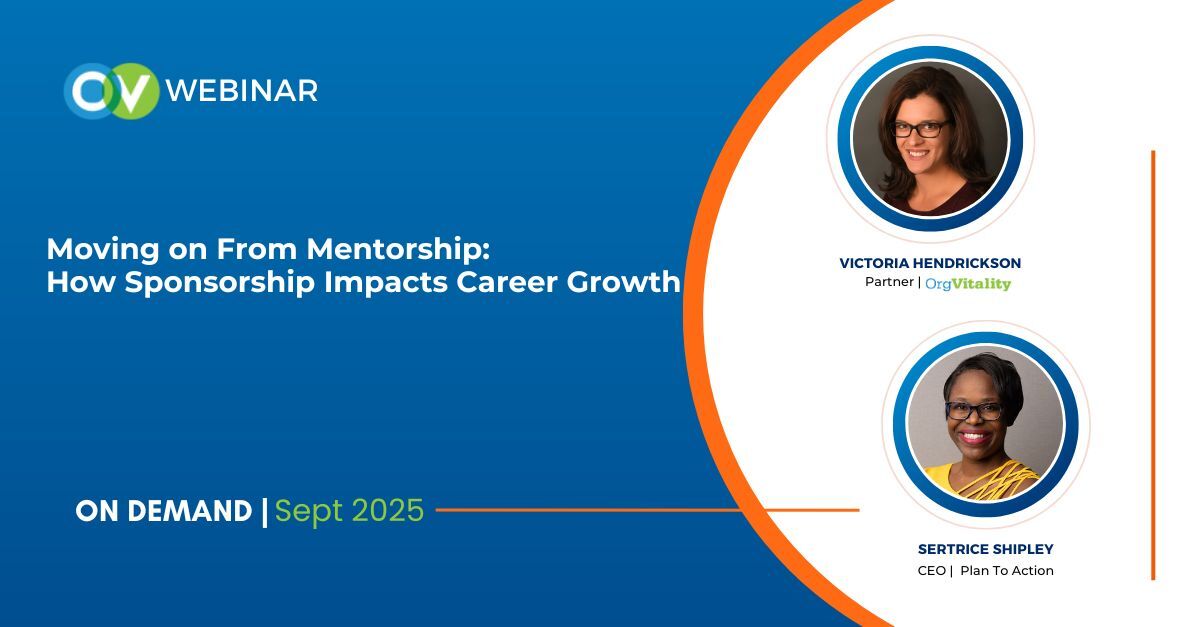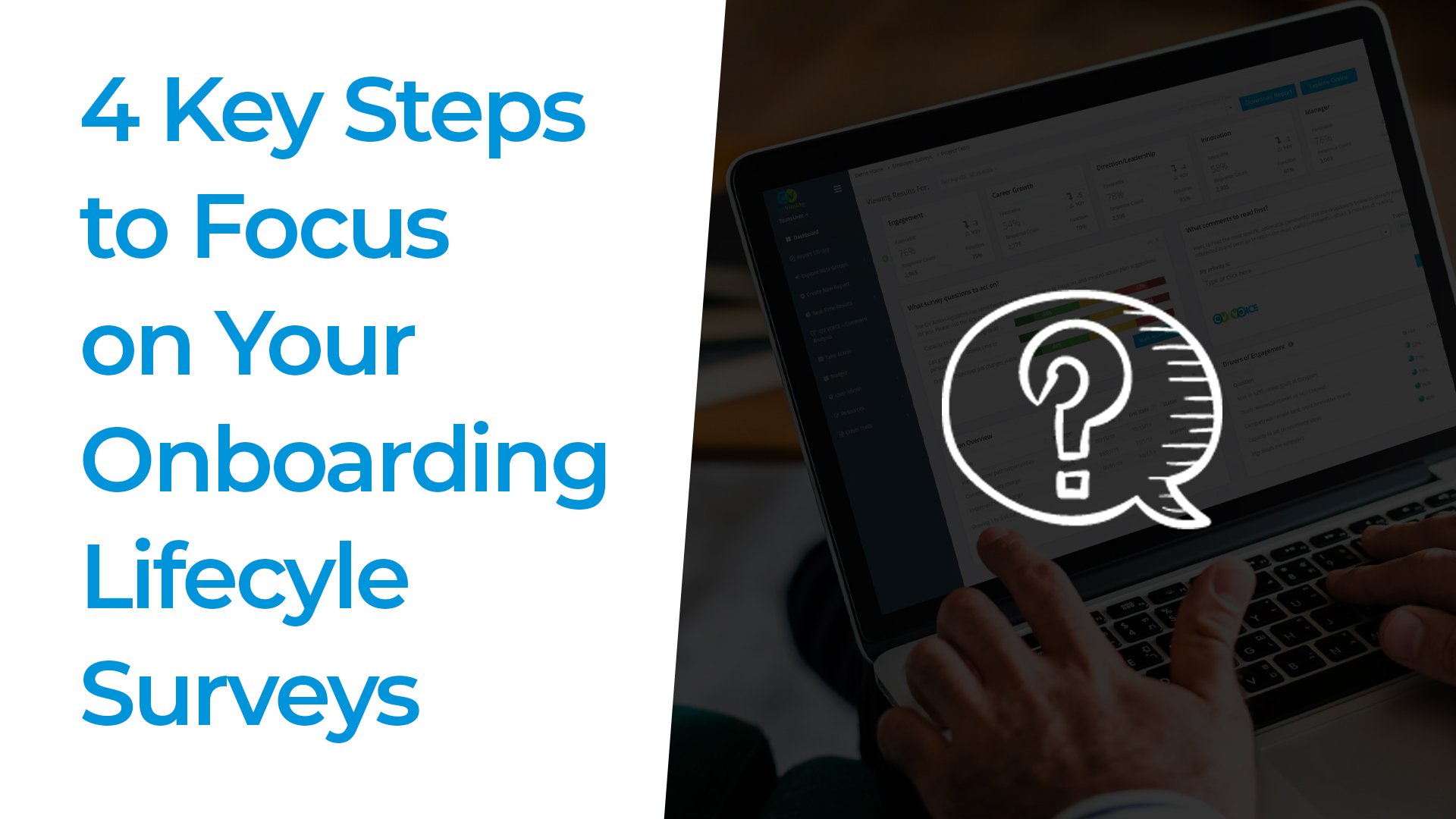
It’s Black history month, which means a barrage of well-meaning yet often ineffective corporate speak about DEI&B initiatives. The goal of these efforts are usually well intentioned, but fall short of addressing the real-life challenges faced by minority workers in an office environment. In fact, Indeed.com surveyed Black workers in 2023, and found that a shocking 49% planned to leave their jobs as a result of workplace hostility and microaggressions. Employees were promised both change and inclusive organizations in 2020-2021, and many are tired of seeing those efforts fade. It’s important to keep DEI&B at the top of the agenda because it’s important as a society that we work towards creating more equal and diverse workplaces. Yet besides being the right thing to do, organizations that are more diverse tend to perform better and are better equipped to handle the different challenges that come up. Overall, attaining DEI&B goals is good for both employees and organizations.
So what should an organization do to improve conditions?
1. Survey Your Own Employee Base
The Indeed.com results reflect why it is so important to survey your workforce. Organizations that understand the underlying employee sentiment around issues of DEI&B and strive to make meaningful improvements around any concerns are in much better positions to both recruit and retain top talent. And besides the fact that many studies prove that organizations with a diverse workforce are more competitive, it’s simply the right thing to do.
2. Look Deeper than the Company Score
Too often, we see new clients who might come to us saying that DEI&B isn’t a problem at their organization. However, if you slice the feedback data by demographic, you may see a different story. It’s important to compare the scores of DEI&B items from various groups including gender, race, age, and other demographics.
3. Take Action That is Meaningful for Your Organization
Once you have a sense of the most pressing issues, you can start to focus on action areas. One mistake we sometimes see is an organization that comes to us and shows us how they’ve been focusing on the lowest-scoring items. Depending on what that item is, that might not be the best approach. Some items clearly require immediate or even drastic action. Others, however, might be among the lowest-scoring items but might also be difficult to improve. Often, an item that isn’t the lowest scoring overall, but is lower in key groups, or is aligned with a strategic focus is more important for immediate action. An experienced consultant considers all factors when suggesting areas for action.
4. Encourage the Employee Voice in Action Efforts
The most successful DEI&B efforts are created with the input and advice from those you are trying to reach. Consider focus groups or task forces to solicit ideas for your employees. If your organization has employee resource groups, this is a great way to benefit from their expertise. Create opportunities for employees to get involved if they want to, but don’t expect the employees who most need the support to do all of the work. Use their input to learn what would be most helpful, and then use centralized resources to make it happen, and ensure employees across the organization are aware of these efforts. Make sure your communications from top leadership show the importance of these efforts.
5. Measure the Change
If your organization is embarking on change efforts, it helps to see how you might be moving the needle prior to the next year’s census survey administration. Typically, we recommend administering pulse surveys with just a handful of action items around the 6 month mark to evaluate how the efforts are working. Importantly, this effort doesn’t just help you get data, but it also sends a powerful message to employees that the organization cares about their concerns, plans to take concrete action, and – importantly – expects results.
Author

Dr. Victoria Hendrickson is a partner and vice president in the consulting department at OrgVitality. She works to strategically design and administer employee surveys, customer surveys and linkage research. Across these tools, she works to gather data that helps leaders address their organization’s unique strategic challenges and to present findings as an insightful story that guides meaningful change. Victoria comes to OrgVitality with a background in organizational development and leadership development. She conducts applied research on topics of survey comments and organizational ambidexterity and regularly presents at national and international conferences. Victoria received her undergraduate degree in Social Psychology from Saint Mary’s College of California, and her Ph.D. in Organizational Psychology at Alliant International University.






